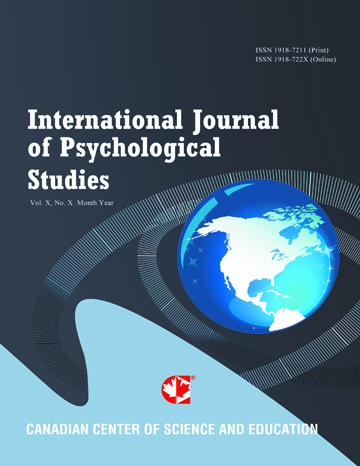Anxiety and Optimal Piano Performance: A Pilot Study on the Application of the Individual Zone of Optimal Functioning (IZOF) Model
- Zijin Yao
Abstract
Music Performance Anxiety (MPA) is a common problem for musicians. Many musicians struggle with performance anxiety and rely on traditional de-arousal interventions to reduce performance anxiety before public performance. However, research in sports psychology suggests that anxiety reduction may not be the most appropriate strategy for intervention (Chamberlain & Hale, 2007). According to the Individual Zone of Optimal Functioning (IZOF) model proposed by Hanin, an athlete’s performance is successful when his or her pre-competition anxiety is within or near the individual’s optimal zone (Hanin, 2000). Based on the application of the IZOF theory in the context of piano performance, anxiety plays an important role in optimizing performance in music as well. This pilot study identified participants’ IZOFs with the Competitive State Anxiety Inventory (CSAI-2). Support was found for Hanin’s IZOF theory with respect to the SA (somatic anxiety) and SC (self-confidence) dimensions for both of the participating pianists, as well as the CA (cognitive anxiety) dimension of pianist A but not for the CA dimension of pianist B. Piano performances associated with anxiety of an intensity that fell within the IZOF were observed to be significantly better than piano performances associated with anxiety intensity outside the IZOF. All the peak performances were presented within the IZOFs. The study verified that the IZOF model can be applied in MPA management and may help pianists be more aware of in-zone/out-zone states and rethink their attitudes toward performance anxiety. With this pilot study as a foundation, larger scale research can be conducted to clarify the correlation between anxiety and optimal piano performance.
- Full Text:
 PDF
PDF
- DOI:10.5539/ijps.v8n4p60
Journal Metrics
1. Citations (March 2025): 10975
3. i10-index (March 2025): 233
For details about the Journal Metrics, please visit the Google Scholar website.
Index
- AcademicKeys
- CNKI Scholar
- Elektronische Zeitschriftenbibliothek (EZB)
- Excellence in Research for Australia (ERA)
- GETIT@YALE (Yale University Library)
- Harvard Library E-Journals
- JournalSeek
- JournalTOCs
- LOCKSS
- MIAR
- Open Access Journals Search Engine(OAJSE)
- Open J-Gate
- PKP Open Archives Harvester
- SHERPA/RoMEO
- Standard Periodical Directory
- The Keepers Registry
- UCR Library
- Ulrich's
- Universe Digital Library
- WorldCat
Contact
- Barbara SunEditorial Assistant
- ijps@ccsenet.org
